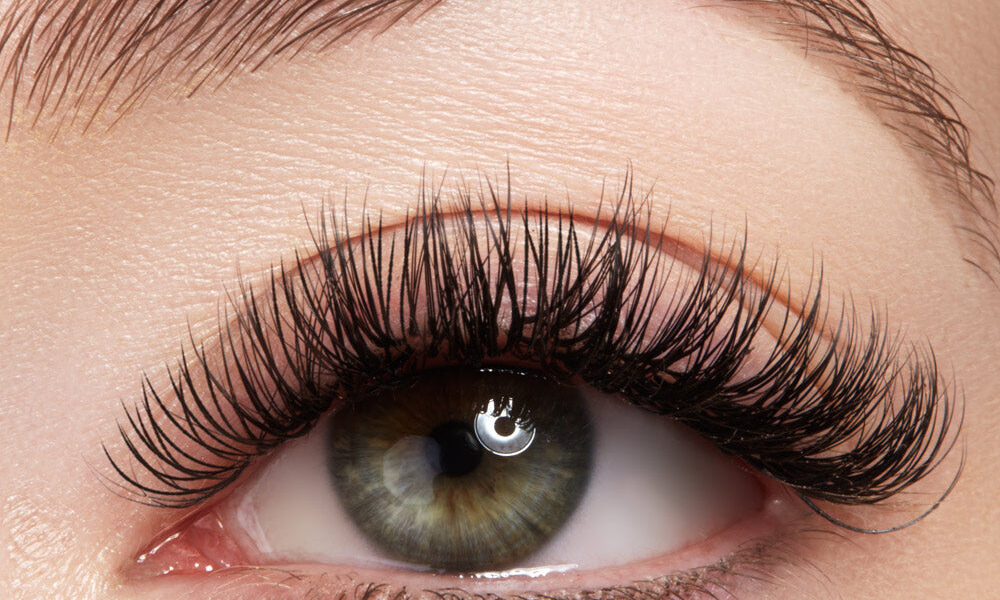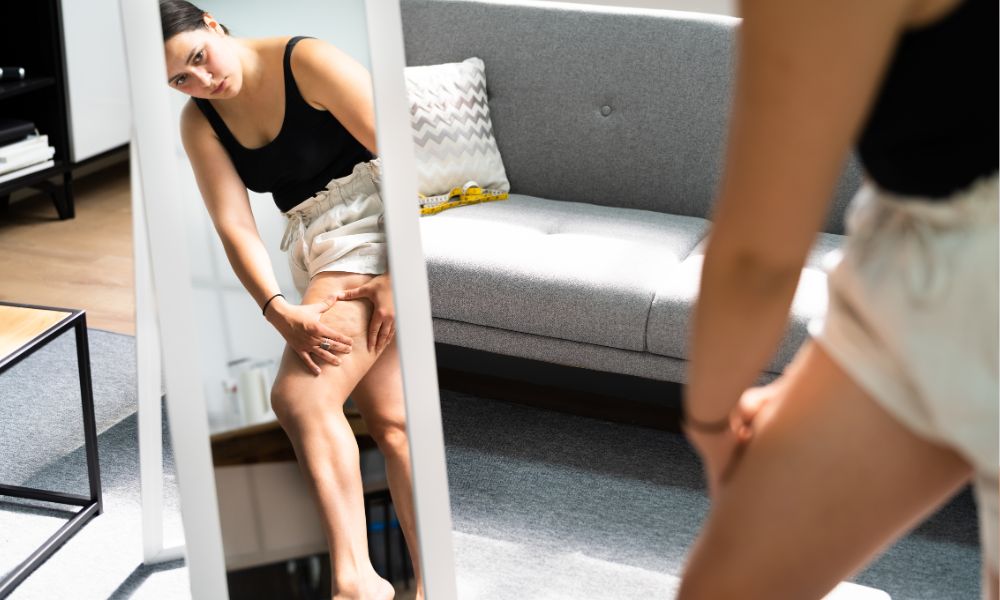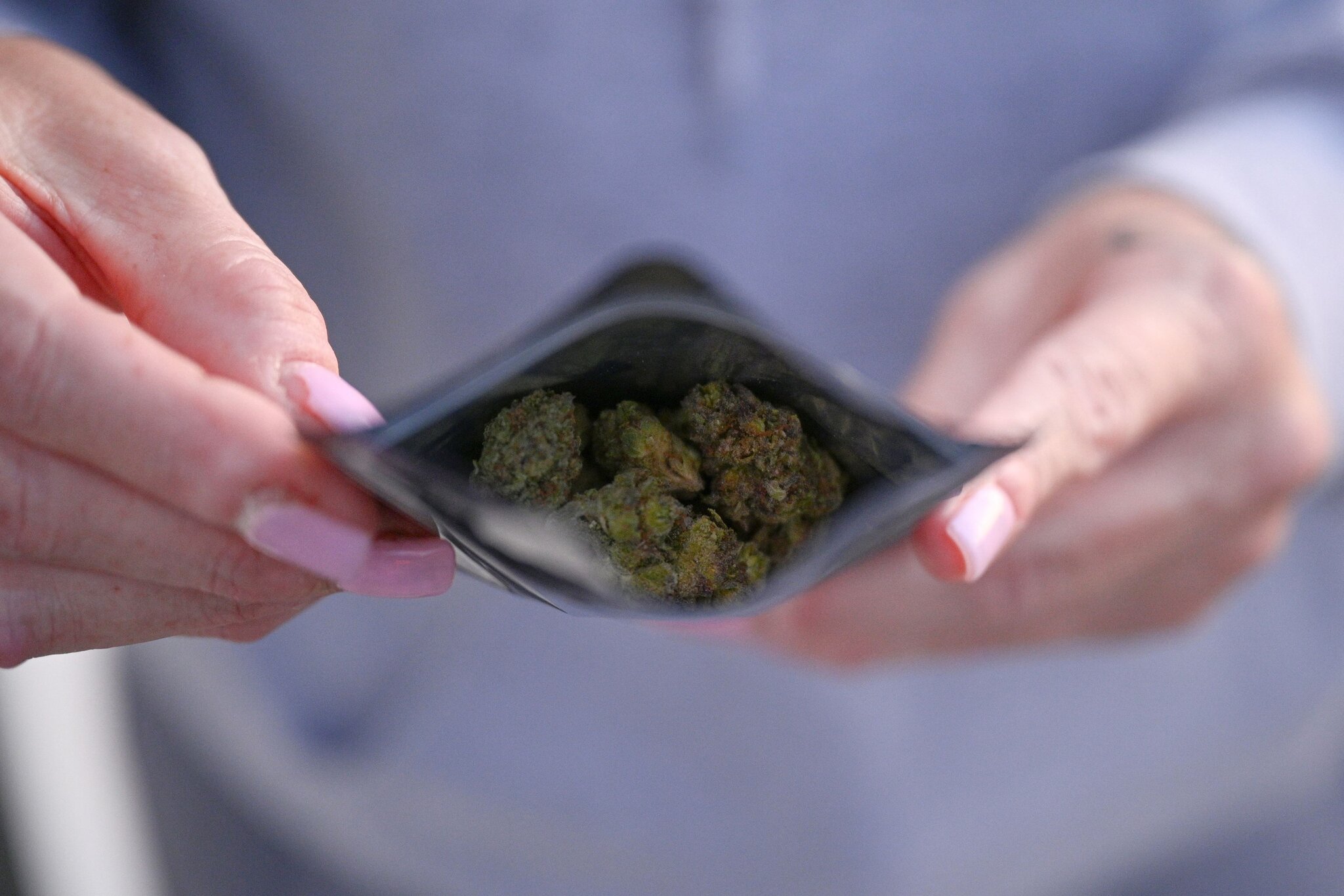Have you ever used a public shower room and developed a yellowish-looking thick toenail? It is a fungal infection that infects thousands every year,which can cause minor symptoms limited to the aesthetics of the toenail to major recurring infections requiring prolonged treatments and multiple visits to the podiatrist.
If you live in Irvine, Orange County, and are searching for “toenail fungus laser treatment near me”, you can book an appointment with Dr. SimaSoltani Podiatry Clinic which deals in all forms of foot problems and have the latest technology to treat foot conditions in a safe environment. The podiatrist here prefers operation less treatment over high-risk surgeries to treat toenails and other foot problems that commonly affect their patients.
Toenail fungus is medically called onychomycosis and can present with the following symptoms:
- Discoloration of the infected nails.
- Crumbly or powdery nails.
- Thickening of the toenail.
- Spread of infection to surrounding skin especially in diabetics.
Most cases of fungal infection do not cause any trouble to the patient and require only cosmetic treatment. Laser nail therapy is now successfully used in many podiatric clinics to treat stubborn cases of toenail fungus.
Treatment for toenail fungus
Your podiatrist might perform a biopsy to confirm the presence of a fungal infection before providing appropriate treatment. The most common ways of treating fungal infections of the toenails are:
- Antifungal drugs:
Drugs like cyclopirox applied to the infected nail along with oral drugs like Diflucan can effectively cure most moderate cases of onychomycosis. These are prescription drugs and must be consumed only after your podiatrist has evaluated your foot condition.
- OTC ointments:
Most minor infections can be treated by applying OTC antifungal creams containing terbinafine when they are applied every day for a couple of weeks. However, if the nail has already thickened or discolored, OTC creams will provide little help.
- Nail debridement:
The use of debridement is the most traditional way of treating toenail infections at podiatric clinics. Debridement ensures that topical antifungals are penetrating deeper into the infection area to quickly eliminate fungal growth.
The podiatrist will trim the nails to make them thinner, apply a dressing containing urea, and apply a tight bandage on the top. This results in deeper penetration of the topical cream and will provide symptomatic relief within 7-14 days after the treatment.
Sometimes you will need to visit the podiatrist every month for nail debridement for successful treatment.
- Laser treatment:
Laser therapy for toenail fungus is the most preferred method used currently for treating severe forms of onychomycosis. It is pain-free and stops the fungus from growing, thus clearing the infection from the root and allowing new healthy nails to grow back in place.
Many other traditional methods like the use of coconut oil and Vicks VapoRub are commonly used by people to treat minor cases of onychomycosis effectively in their homes. If you do not find any relief from these methods or by use of OTC creams, visit your podiatrist for getting a successful nail fungus laser treatment.









Comments